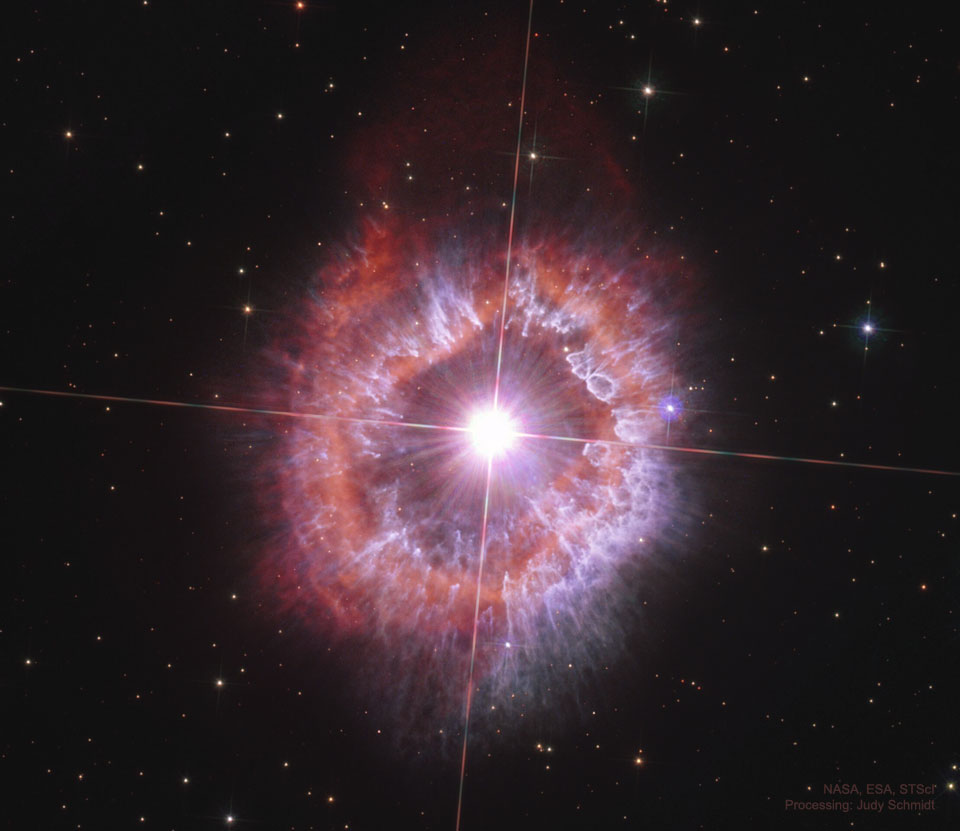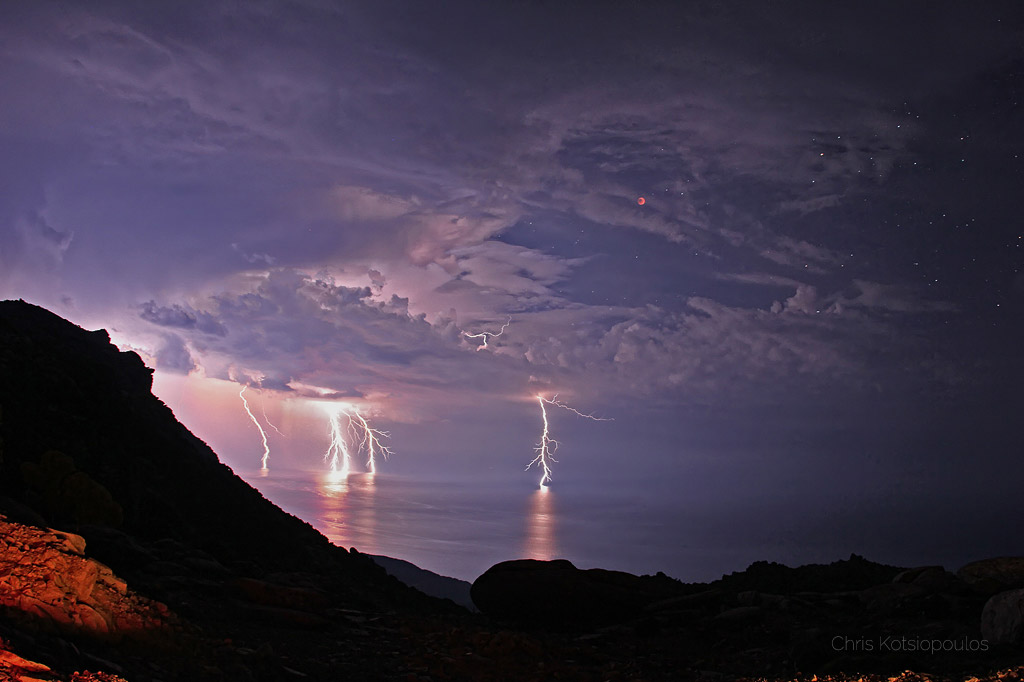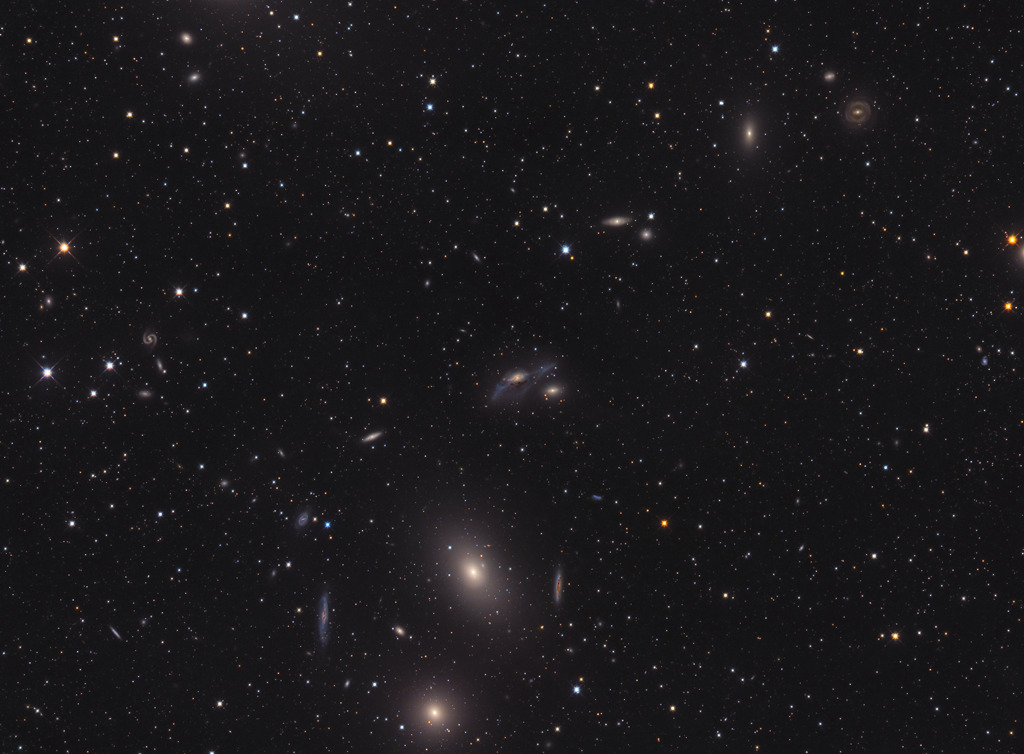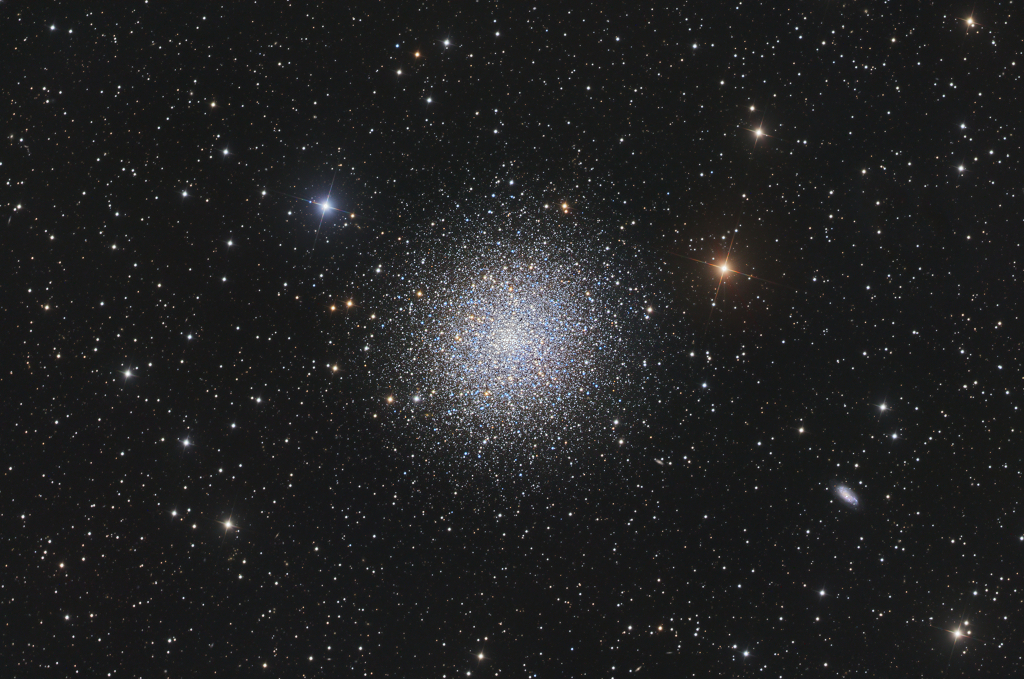Nombre total de pages vues
27/05/2021
SANTE/MEDECINE - Attestation de vaccination
Si vous été vacciné contre la Covid-19 récemment, on vous a en principe donné à l'issue de l'injection une attestation imprimée comportant plusieurs informations (nom et prénom, type de vaccin, date de la première injection, etc.) ainsi qu'un QR Code. Code que vous pouvez utiliser pour enregistrer l'attestation dans le carnet de tests de l'application TousAntiCovid, qui centralise également les certificats de tests de dépistage. L'attestation de vaccination sera notamment utile pour le Pass sanitaire, ce "passeport" que le Gouvernement a décidé de mettre place à compter du 9 juin 2021, date de réouverture de nombreux établissements recevant du public, et qui permettra à la fois d'accéder à des manifestations et des événements regroupant plus de 1 000 personnes (spectacles, festivals, rencontres sportives, parcs à thèmes, foires, salons, etc.) et à faciliter le passage des frontières, pour les voyages professionnels ou les vacances (pour en savoir plus sur le Pass sanitaire, consultez la page de questions-réponses sur le site Web du Gouvernement).
ASTRONOMY - The Outburst Clouds of Star AG Car
2021 May 26
Image Credit: NASA, ESA, STScI; Processing: Judy Schmidt; Text: Anders Nyholm
Explanation: What created these unusual clouds? At the center of this 2021 Hubble image, processed by Judy Schmidt, sits AG Carinae, a supergiant star located about 20,000 light-years away in the southern constellation Carina. The star's emitted power is over a million times that of the Sun, making AG Carinae one of the most luminous stars in our Milky Way galaxy. AG Carinae and its neighbor Eta Carinae belong to the scarce Luminous Blue Variable (LBV) class of stars, known for their rare but violent eruptions. The nebula that surrounds AG Car is interpreted as a remnant of one or more such outbursts. This nebula measures 5 light-years across, is estimated to contain about 10 solar masses of gas, and to be at least 10,000 years old. This Hubble image, taken to commemorate Hubble's 31st launch anniversary, is the first to capture the whole nebula, offering a new perspective on its structure and dust content. The LBVs represent a late and short stage in the lives of some supergiant stars, but explaining their restlessness remains a challenge to humanity's understanding of how massive stars work.
25/05/2021
ASTRONOMY - The Moon During a Total Lunar Eclipse
2021 May 25
Video Credit: Wang Letian & Zhang Jiajie
Explanation: How does the Moon's appearance change during a total lunar eclipse? The featured time-lapse video was digitally processed to keep the Moon bright and centered during the 5-hour eclipse of 2018 January 31. At first the full moon is visible because only a full moon can undergo a lunar eclipse. Stars move by in the background because the Moon orbits the Earth during the eclipse. The circular shadow of the Earth is then seen moving across the Moon. The light blue hue of the shadow's edge is related to why Earth's sky is blue, while the deep red hue of the shadow's center is related to why the Sun appears red when near the horizon. Tomorrow, people living from southeast Asia, across the Pacific, to the southwest Americas may get to see a Blood Supermoon Total Lunar Eclipse. Here the term blood refers to the (likely) red color of the fully eclipsed Moon, while the term supermoon indicates the Moon's slightly high angular size -- due to being relatively close to the Earth in its slightly elliptical orbit.
PRATIQUE - Ouvrir une boîte de conserve sans ouvre-boîte
24/05/2021
ASTRONOMY - Lightning Eclipse from the Planet of the Goats
2021 May 24
Image Credit & Copyright: Chris Kotsiopoulos (GreekSky)
Explanation: Thunderstorms almost spoiled this view of the spectacular 2011 June 15 total lunar eclipse. Instead, storm clouds parted for 10 minutes during the total eclipse phase and lightning bolts contributed to the dramatic sky. Captured with a 30-second exposure the scene also inspired one of the more memorable titles (thanks to the astrophotographer) in APOD's now 25-year history. Of course, the lightning reference clearly makes sense, and the shadow play of the dark lunar eclipse was widely viewed across planet Earth in Europe, Africa, Asia, and Australia. The picture itself, however, was shot from the Greek island of Ikaria at Pezi. That area is known as "the planet of the goats" because of the rough terrain and strange looking rocks. The next total lunar eclipse will occur on Wednesday.
22/05/2021
ASTRONOMY - Markarian's Chain
2021 May 22
Image Credit & Copyright: Ginge Anvik
Explanation: Near the heart of the Virgo Galaxy Cluster the string of galaxies known as Markarian's Chain stretches across this deep telescopic field of view. Anchored in the frame at bottom center by prominent lenticular galaxies, M84 (bottom) and M86, you can follow the chain up and to the right. Near center you'll spot the pair of interacting galaxies NGC 4438 and NGC 4435, known to some as Markarian's Eyes. Its center an estimated 50 million light-years distant, the Virgo Cluster itself is the nearest galaxy cluster. With up to about 2,000 member galaxies, it has a noticeable gravitational influence on our own Local Group of Galaxies. Within the Virgo Cluster at least seven galaxies in Markarian's Chain appear to move coherently, although others may appear to be part of the chain by chance.
21/05/2021
PRATIQUE/POURQUOI - Pourquoi n'avons-nous pas tous la même couleur de peau ?
20/05/2021
ASTRONOMY - M13: The Great Globular Cluster in Hercules
2021 May 20
Image Credit & Copyright: Martin Dufour
Explanation: In 1716, English astronomer Edmond Halley noted, "This is but a little Patch, but it shews itself to the naked Eye, when the Sky is serene and the Moon absent." Of course, M13 is now less modestly recognized as the Great Globular Cluster in Hercules, one of the brightest globular star clusters in the northern sky. Sharp telescopic views like this one reveal the spectacular cluster's hundreds of thousands of stars. At a distance of 25,000 light-years, the cluster stars crowd into a region 150 light-years in diameter. Approaching the cluster core upwards of 100 stars could be contained in a cube just 3 light-years on a side. For comparison, the closest star to the Sun is over 4 light-years away. The remarkable range of brightness recorded in this image follows stars into the dense cluster core. Distant background galaxies in the medium-wide field of view include NGC 6207 at the lower right.
ASTRONOMY - A Solstice Sun Tattoo
025 December 20 A Solstice Sun Tattoo Image Credit & Copyright : Marcella Pace Explanation: The word solstice is from the Latin fo...

-
2022 September 26 All the Water on Planet Earth Illustration Credit: Jack Cook, Adam Nieman, Woods Hole Oceanographic Institution ; Data ...
-
2025 May 11 The Surface of Venus from Venera 14 Image Credit: Soviet Planetary Exploration Program , Venera 14 ; Processing & Copyri...






